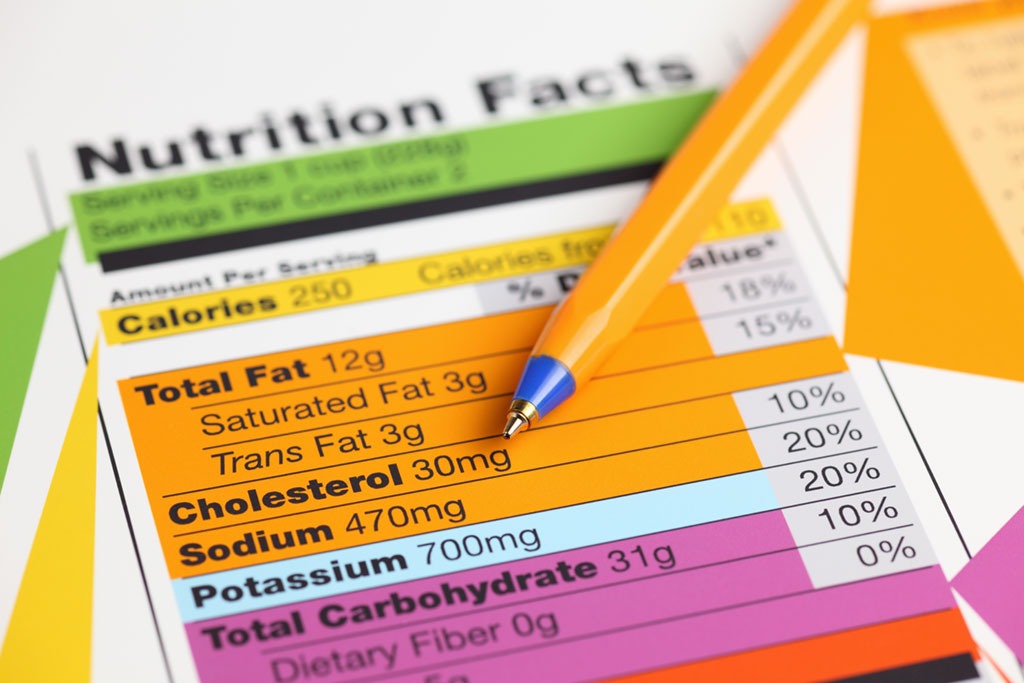
09 Jun What kind of nutritional information provides LogMeal?
LogMeal uses Artificial Intelligence (AI), Computer Vision and Deep Learning for performing food detection, recognition and tracking. Thus, you can have full detailed nutritional information of all your food intakes by simply taking a picture.
What is referred to as nutritional information?
LogMeal provides up to 35 nutritional indicators:
- Energy, represented in kilocalories (kcal)
- Macronutrients: carbohydrates, proteins and fats. It distinguishes different kinds of fats: saturated, polyunsaturated, monounsaturated and trans. As well as the most important types of omega-3 fatty acids: alpha-linolenic acid or ALA, docosahexaenoic acid or DHA, eicosapentaenoic acid or EPA.
- Sugar content: total sugar and added sugars (those added during food processing and table sugar which may be added by the consumer).
- Fiber is considered a type of carbohydrate which our digestive system can’t absorb. However, it confers numerous benefits to our health.
- Micronutrients: Vitamin A, B1, B2, B3, B6, Folate (food), Folic Acid, Folate Equivalent (total), B12, C, D, E, K, Calcium, Iron, Potassium, Magnesium, Sodium, Phosphorus and Zinc.
- Cholesterol present in food, also known as dietary cholesterol or exogenous cholesterol.
Having nutritional information of the actual diet can be useful for the management and prevention of multiple pathologies such as cancer, cardiovascular, liver and neurodegenerative diseases, among others. Depending on the case, it is important to monitor one nutritional indicator or another. For example, in people with diabetes, the amount of carbohydrates and sugars is especially relevant. On the other hand, in dyslipidemia, it is useful to consider the type and quantity of fats.
Also, there are situations, stages of life and certain goals that may require the monitoring of nutritional indicators. For example, pregnancy, transition to plant-based diets, sports practice, etc.
How does LogMeal obtain the nutritional information of the dishes?
Nutrition information of a dish is calculated from its ingredients, whose information is extracted from unaltered verified nutrition databases. These are databases of international nutrition reference organizations used by nutrition experts (such as EUROFIR, USDA, BEDCA, NEVO, etc.).
Only after an image recognition procedure has been applied on a certain image, the nutritional information can be accessed. The same behavior is required for accessing the ingredients information service.
Also, from now on companies can add custom nutritional indicators for their specific custom recipes.
Stay tuned for more updates!

